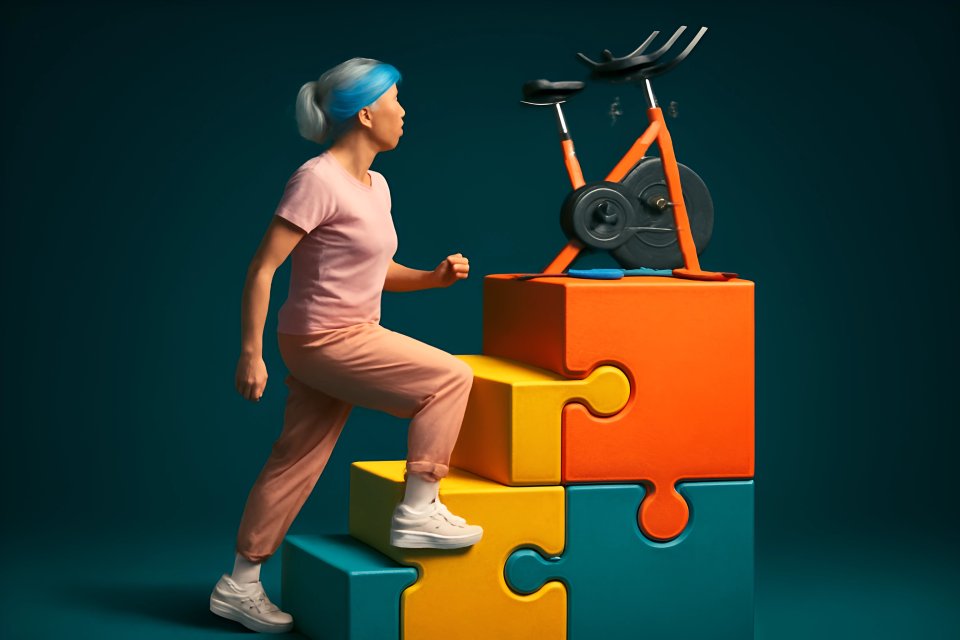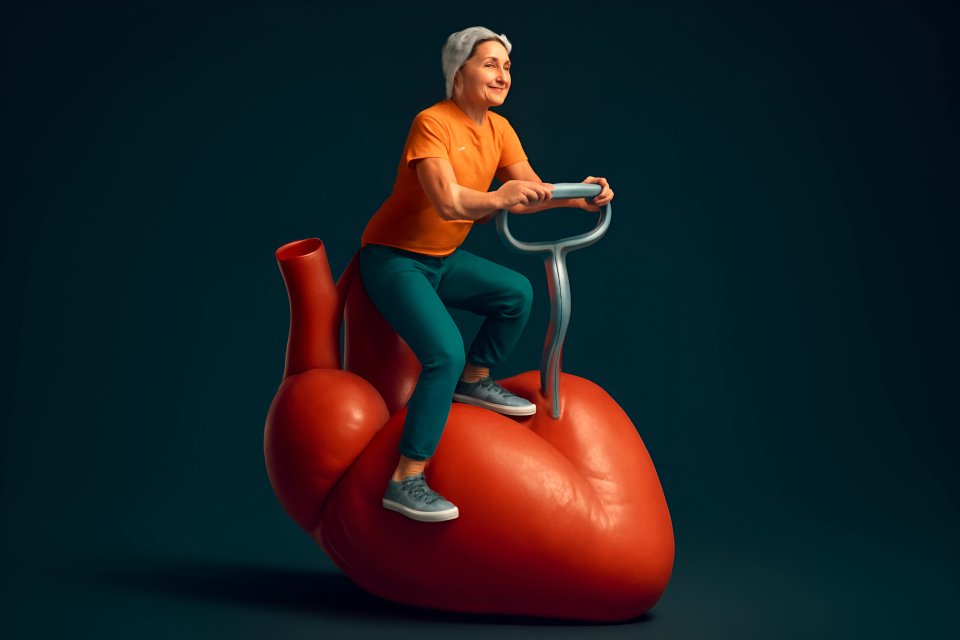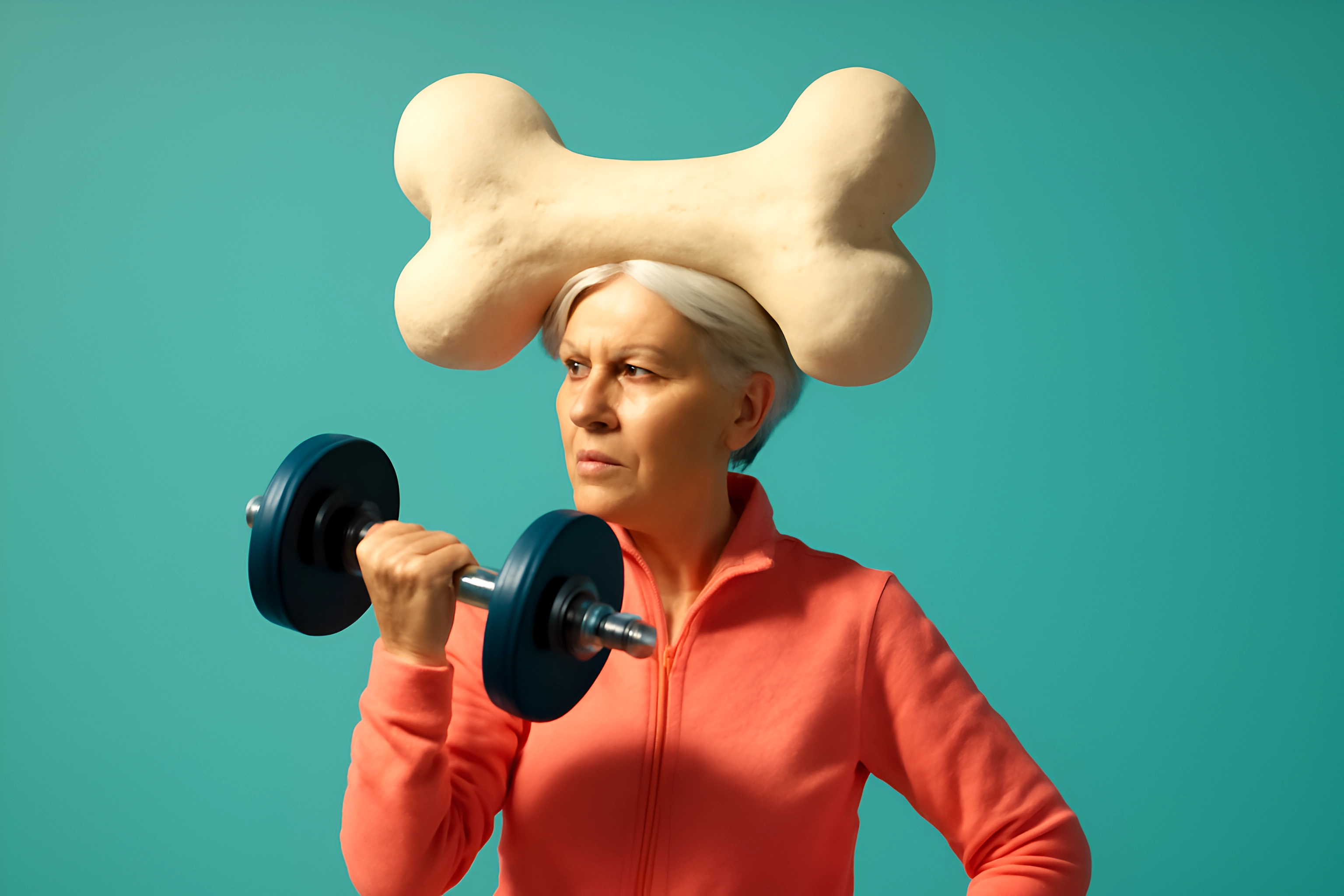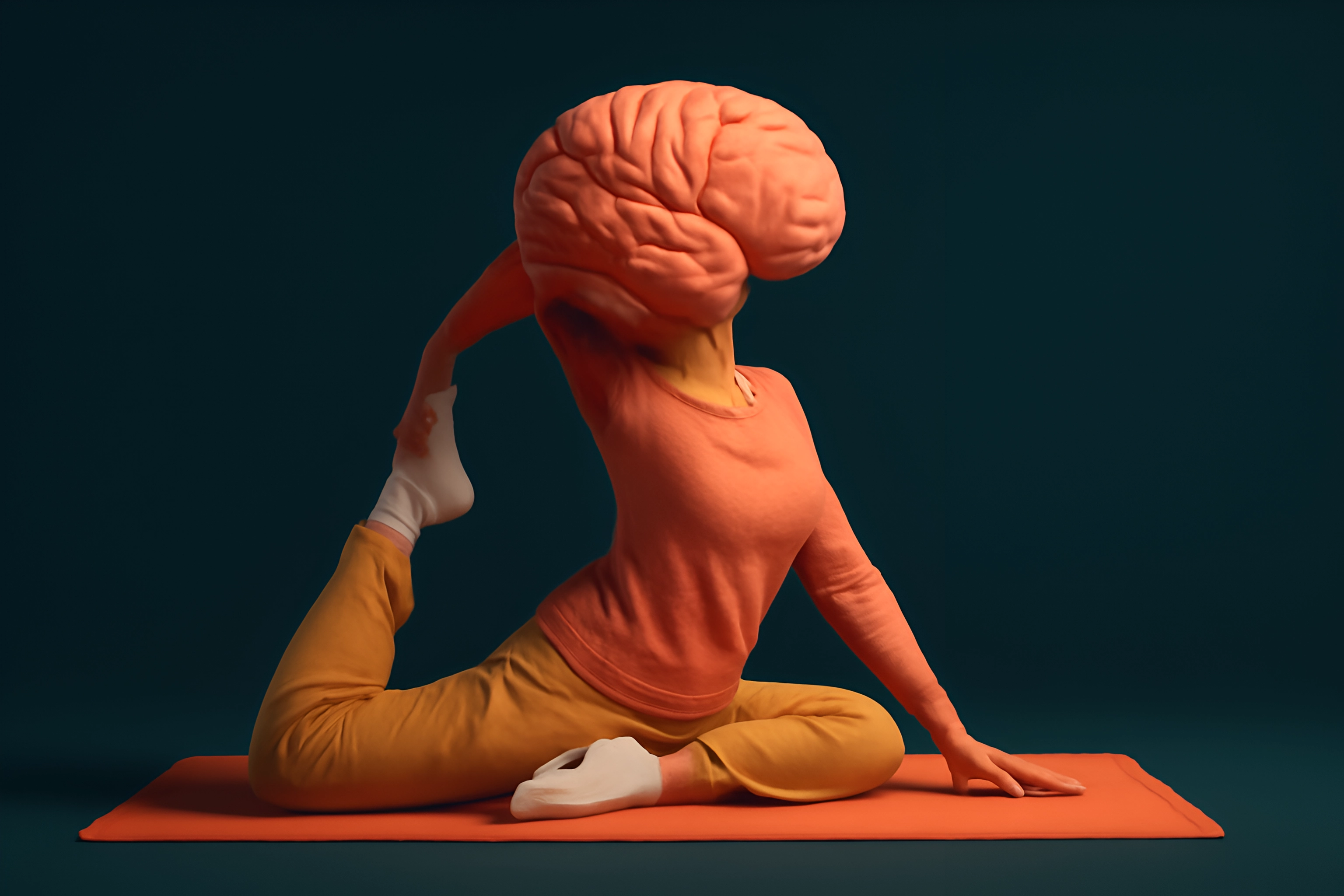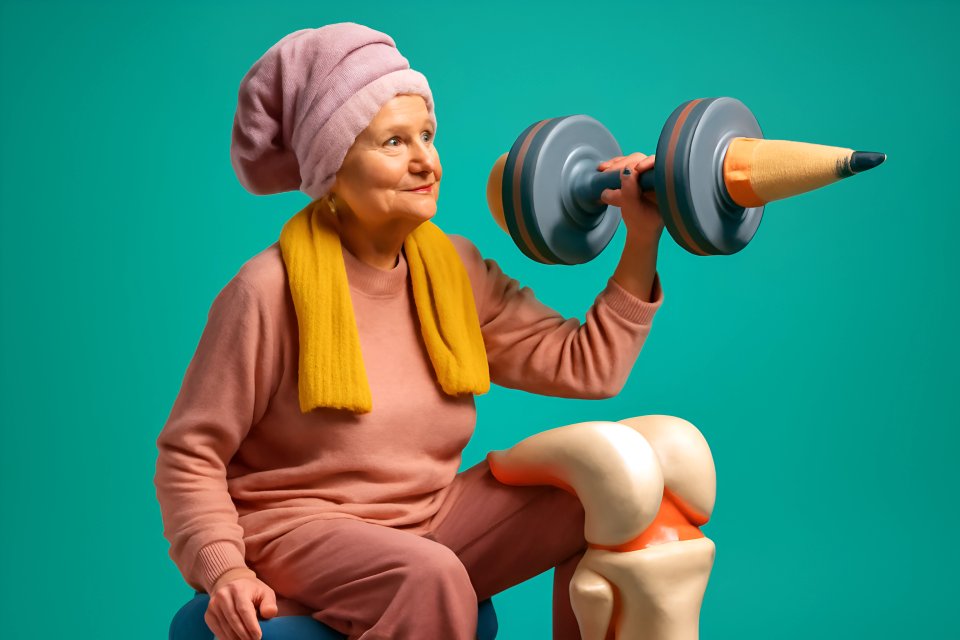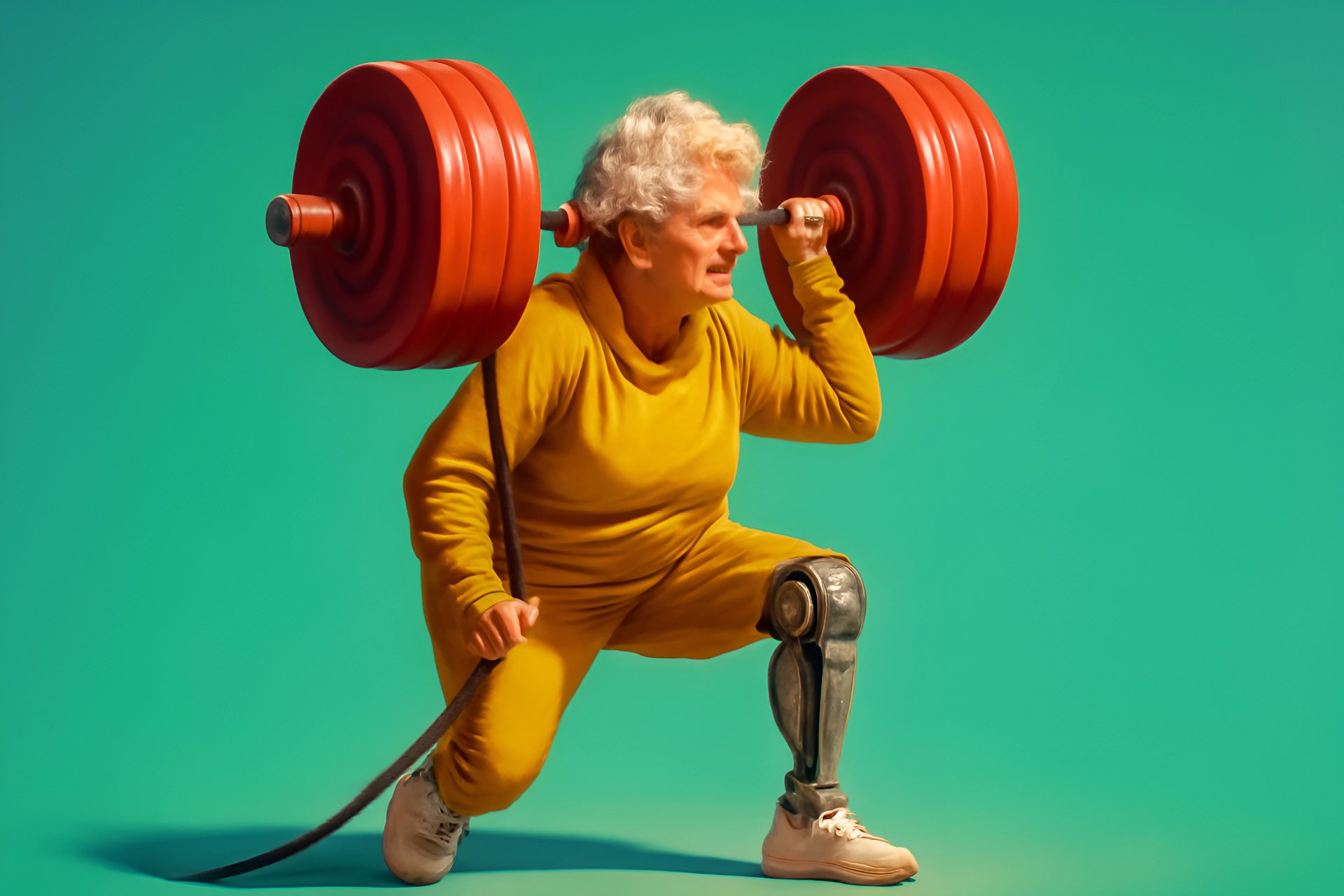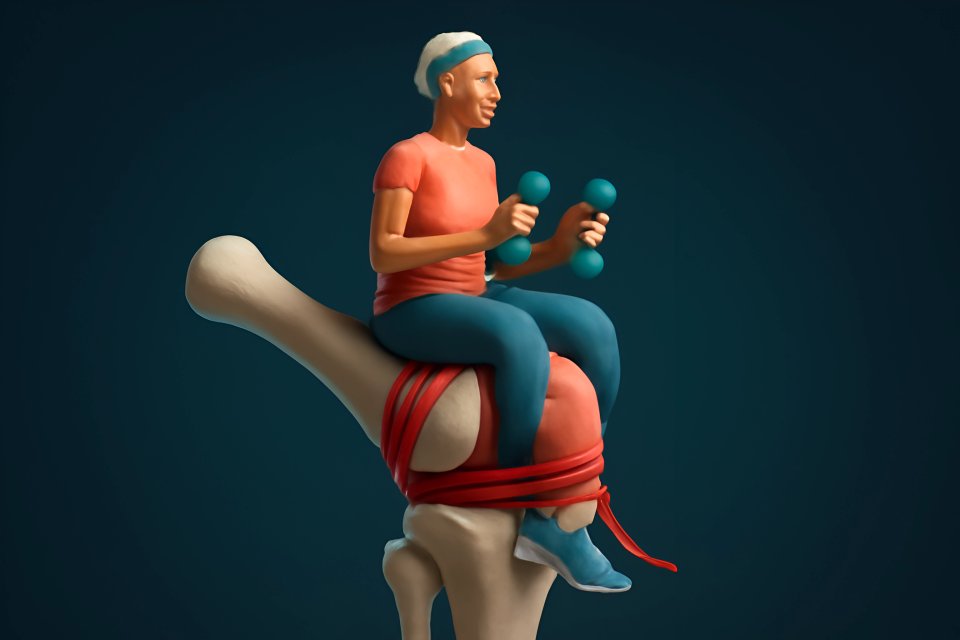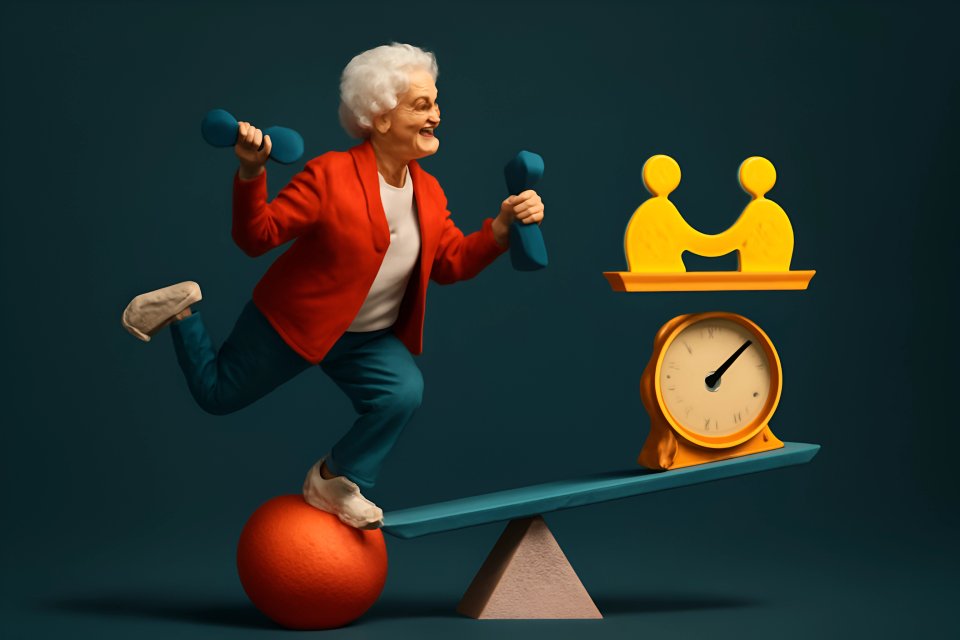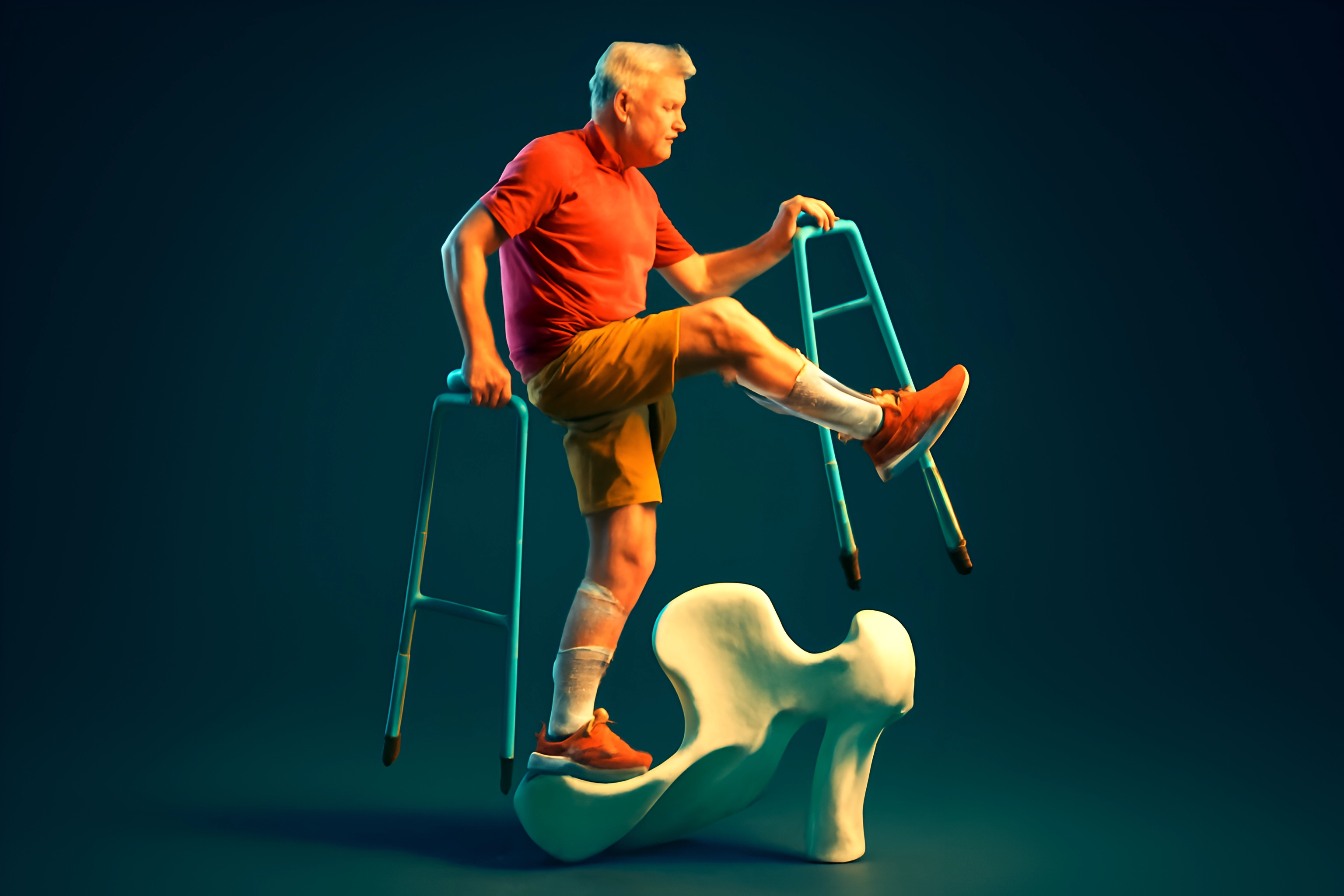
Your Secret Weapon for an Active, Injury-Free Life After 50
Does that first step out of bed in the morning feel a little stiffer than it used to? Do you hesitate before bending down to tie your shoes? You're not alone, but that stiffness doesn't have to be your new normal.
As we age, our joints can lose their natural range of motion, forcing our bodies into compensation patterns that lead to nagging aches, chronic pain, and a significantly increased risk of falls and injuries. In fact, targeted balance and functional exercises have been shown to reduce fall rates by about 24% in older adults, highlighting just how critical proactive movement is. This isn't about accepting limitations; it's about reclaiming your body's potential.
This is where mobility work becomes your secret weapon. Forget grueling workouts or complex routines. We're talking about a simple, empowering daily practice that lubricates your joints, restores your freedom of movement, and builds the confidence you need to live life on your own terms. In this guide, we will walk you through the most effective mobility workouts for older adults, designed specifically for preventing injuries with mobility exercises over 50.
What is Mobility (And Why It’s Not Just Stretching)?
So, what exactly is mobility? Many people confuse it with flexibility, but they are two different keys to unlocking your body's potential. Think of flexibility as a muscle's ability to lengthen passively—like when you pull your heel toward your glute to stretch your quad.
Mobility, on the other hand, is your ability to actively control a joint through its entire range of motion. It’s the difference between someone else lifting your arm over your head (flexibility) and you lifting it there yourself with strength and control (mobility). This active control is what protects you from injury day in and day out.
Good mobility is what allows you to perform daily tasks safely and efficiently. It’s the foundation for reaching for a can on the top shelf, twisting to grab your seatbelt, or getting on the floor to play with your grandchildren without pulling a muscle. As one foundational review points out, regular exercise that improves mobility helps maintain neuromuscular control and bone health, which is the very essence of functional, real-world strength.
The Golden Rules of Safe and Effective Mobility Work
To get the most out of your mobility practice, you need to build a foundation of trust with your body. These golden rules aren't just suggestions; they are your blueprint for creating a safe, effective, and enjoyable routine that will serve you for years to come.
Always Warm-Up
Never, ever work on cold muscles. Think of your muscles like taffy—when it's cold, it's stiff and can snap. When it's warm, it's pliable and moves easily. Just 3-5 minutes of light movement, like marching in place, gentle arm circles, or walking around the house, is enough to increase blood flow and prepare your joints for movement.
Listen to Your Body
There is a world of difference between the feeling of a "good stretch" and the sharp, pinching signal of pain. Your goal is to challenge your current range of motion, not to force it into submission. The motto here is simple:
challenge, don't strain. If you feel any sharp or alarming pain, ease off immediately.
Consistency Over Intensity
This is the core of the FitOverFifty philosophy. A painful, hour-long session once a week will do more harm than good, leaving you sore and discouraged. Committing to just 10 minutes of gentle mobility work every day is far more beneficial. Research on fall prevention shows that the most effective programs involve consistent sessions, often three times a week, proving that regularity is key to building resilience.
Breathe Through It
Your breath is a powerful tool for unlocking movement. When you hold your breath, your body tenses up, restricting your joints. By focusing on deep, controlled breathing, you help relax your nervous system, which sends a signal to your muscles that it's safe to release. Inhale as you prepare for a movement, and exhale as you move deeper into it.
The 5-Move Essential Mobility Routine for Seniors
This simple, 10-minute routine targets the key areas that tend to lose mobility with age: the ankles, spine, shoulders, and hips. Perform 8-10 slow, controlled repetitions of each movement, focusing on quality over quantity. This is your daily dose of joint health.
Exercise 1: Ankle Circles
Why you should do it: Healthy ankle mobility is absolutely crucial for maintaining balance and preventing falls. Stiff ankles can alter your walking gait and increase the risk of sprains. This simple move keeps the joint fluid and responsive.
How-To: Sit comfortably in a sturdy chair with your feet flat on the floor. Lift one foot off the ground and slowly rotate your ankle, drawing a large circle with your big toe. Perform 8-10 circles clockwise, then switch directions for 8-10 counter-clockwise circles before repeating on the other foot.
Modification: If sitting is difficult, you can perform this same movement while lying on your back with your knees bent.
Exercise 2: Cat-Cow Stretch (Seated or on All Fours)
Why you should do it: This is one of the best movements for targeting spinal mobility. It gently moves each vertebra, helping to prevent the lower back pain and stiffness that can make bending and lifting a painful chore.
How-To: For the seated version, sit at the edge of your chair with your hands on your knees. On an inhale, arch your back and look up toward the ceiling (Cow). On an exhale, round your spine, tucking your chin to your chest (Cat). For the traditional version, start on all fours and perform the same spinal movements.
Modification: The seated version is the primary modification and is perfect for anyone with knee, wrist, or balance concerns.
Exercise 3: Thoracic Spine Rotations (Thread the Needle)
Why you should do it: We spend so much time sitting that our mid-back (thoracic spine) can become incredibly stiff. This forces our lower back and shoulders to compensate, leading to injury. Unlocking this area improves posture and takes immense pressure off the surrounding joints.
How-To: Start on all fours with your hands under your shoulders and knees under your hips. Inhale and lift your right arm toward the ceiling, following it with your gaze. Exhale and "thread" your right arm under your left, resting your shoulder and head on the floor for a gentle twist.
Modification: Perform this movement seated in a chair. Place your left hand on your right knee and gently twist your torso to the right, keeping your hips stable.
Exercise 4: Wall Slides for Shoulder Health
Why you should do it: This is one of the absolute best injury prevention exercises for your shoulders. It trains the shoulder blades to move correctly, allowing you to reach overhead without pinching or strain—a common cause of rotator cuff injuries.
How-To: Stand with your back flat against a wall, feet about six inches away from it. Raise your arms into a "goalpost" position, with your elbows and wrists touching the wall. Slowly slide your arms up the wall as high as you can without your back arching, then slowly slide them back down.
Modification: If a wall feels too intense, perform the exact same motion while lying on your back on the floor.
Exercise 5: Seated Hip CARs (Controlled Articular Rotations)
Why you should do it: Hip tightness is a primary culprit behind knee and back pain. This movement lubricates the ball-and-socket joint of the hip, improving your ability to walk, climb stairs, and get up from a chair with ease and without pain.
How-To: Sit tall at the very edge of a sturdy chair, holding on for support. Lift your right knee up toward your chest. From here, slowly "draw" the largest circle you can with your knee, moving it out to the side, down toward the floor, and back to the starting position.
Modification: If you have trouble lifting your leg, use your hands to gently assist the movement through its range of motion.
How to Fit Mobility Into Your Weekly Schedule
The secret to lasting results isn't finding more time; it's about seamlessly integrating these movements into the time you already have. Making mobility a non-negotiable habit is your ticket to long-term joint health and independence. Studies confirm that multi-component exercise programs are highly effective, and this routine is the perfect daily component.
Make it a Habit
- The Morning Wake-Up: Before you even have your coffee, perform this 5-move routine. It’s the perfect way to combat morning stiffness and set your body up for a day of pain-free movement.
- The Pre-Workout Primer: Are you heading out for a walk, a round of golf, or a strength training session? Use these moves as a dynamic warm-up to prepare your joints for the activity ahead, drastically reducing your risk of injury.
- The Evening Wind-Down: While watching your favorite TV show, get on the floor or sit in a chair and run through a few gentle movements. It’s a fantastic way to release the tension accumulated throughout the day and prepare your body for a restful night's sleep.
Sample Schedule
This simple schedule provides a clear, achievable target for making mobility a consistent part of your life.
| Frequency | Goal | Focus |
|---|---|---|
| Daily | 5-10 Minutes | Complete one round of the 5-Move Essential Mobility Routine. |
| Weekly | At least 4-5 days per week | Aim for consistency to see and feel noticeable improvements in a few weeks. |
Conclusion: Move Better, Feel Younger, and Live Bolder
Let's be clear: mobility is not just another exercise. It is a powerful, accessible tool for taking back control of your body, preventing devastating injuries, and dismantling the belief that aches and pains are a mandatory part of aging. It is your key to maintaining an active, vibrant, and independent lifestyle for decades to come.
Investing a few minutes each day in your mobility is an investment in your future—a future with more freedom, more confidence, and less pain. It’s proof that it’s never too late to feel your best, move with ease, and live the bold, adventurous life you deserve.
Which of these exercises are you excited to try? Share your favorite way to stay mobile in the comments below!
Ready to build on this foundation? Learn how to integrate this new mobility into a safe and effective workout with our guide to Combining Resistance and Flexibility: A Balanced Strength Training Program for Over 50.
Join the FitOverFifty community for more expert tips on aging with vitality delivered straight to your inbox.







